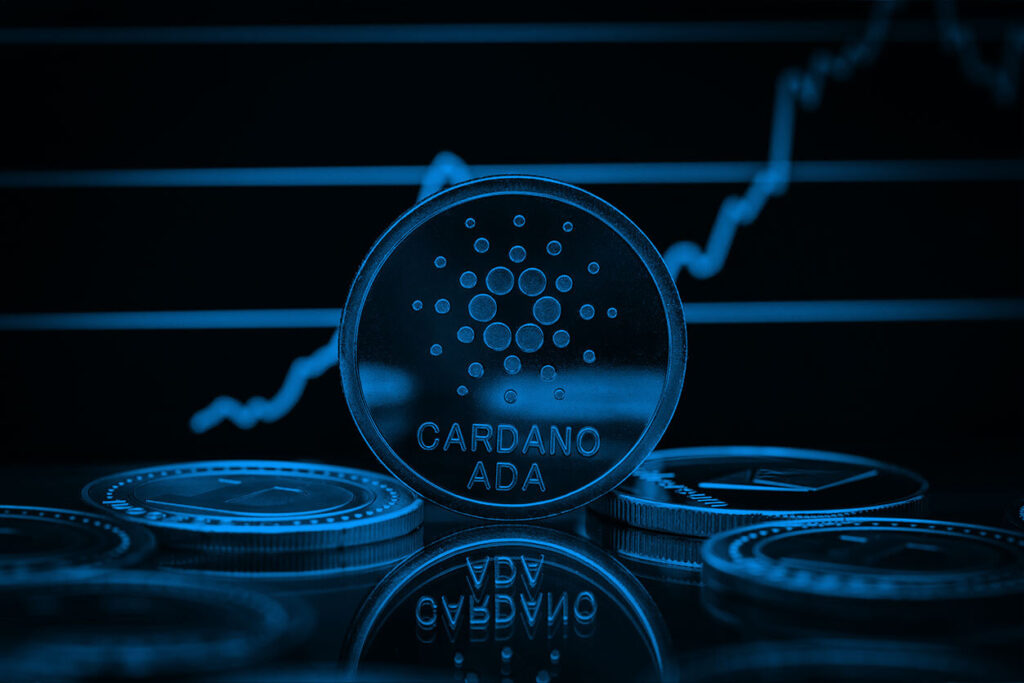Cardano – The ‘Ethereum-Killer’?

The ever-growing concern of decentralized blockchains comes down to two points that have to be carried out in order to be able to survive in the future – those are sustainability and scalability. For proof-of-work systems like Ethereum, this is something that is yet to be tackled with the launch of Eth 2.0. However, we also have several examples that have already put a more power-efficient option into action. One of them is Cardano, based on the proof-of-stake protocol. As well as being much more eco-friendly, the PoS protocol offers scalability due to its large number of transactions per second when compared to the PoW protocol.
Where the proof-of-work protocol fails to deliver
It all started with Satoshi Nakamoto and Bitcoin, the beginning of the first-generation blockchains. It brought to the world the idea of decentralized digital money and made it a reality through a consensus system – a blockchain, utilizing the proof-of-work mechanism. A few years later, Vitalik Buterin, along with a group of developers, founded Ethereum – a second-generation platform. Its technology is more experimental and aims to create a kind of global computer by using smart contracts. Think of these as computer codes that monitor the system until certain requirements are met so that it can execute the program. As a result, where bitcoin owners can send and receive virtual funds cheaply and securely, smart contract networks like Ethereum also make it possible to program this digital money.
Second-generation means that it brings upsides with it such as the aforementioned smart contracts, but there are downsides that remain there still. Ethereum utilizes the proof-of-work consensus protocol, which brings up two concerns – energy and scalability. The former is evident when we look at the annual CO2 emissions and power consumption by the blockchain. Ethereum consumes around 14 Mt CO2, equal to that of the annual emissions by the video platform YouTube, and 29 TWh, equal to that of the power needed to keep Ireland running for a year. Although Bitcoin is far ahead than Ethereum, it is still the second largest platform and, with its current protocol, it is also second in-line when it comes to energy consumption.
Additionally, it has become clear through the years that Bitcoin and Ethereum are challenged with supporting a large number of transactions. Mining coins is a heavy task both figuratively and literally. Not only does it require a lot of energy but the amount of power allocated to each transaction will dictate how fast it will take to approve transactions.. Higher gas costs mean faster processing times, while lower gas costs mean slower processing times due to miners prioritizing the former to gain returns at a higher rate. On a blockchain like Ethereum where dApps can be created, this kind of system can be overloaded as is the case with the CryptoKitties dApp . The dApp itself went viral and, as a result, the network’s gas fee skyrocketed. Transaction requests increased from 622,000 to 1.07 million, gas prices went up, and network usage was pushed beyond the expected limits.
Cardano’s proof-of-stake method – scalable and energy-efficient
On the other hand, we have Cardano – a third-generation blockchain platform built on the proof-of-stake consensus. Its approach towards solving the aforementioned issues is the reason it is classified as an ‘Ethereum-killer’. Where Bitcoin and Ethereum’s proof-of-work protocol fails, Cardano’s proof-of-stake protocol thrives.
On PoW, miners are those who use their own computational power to solve complex problems. The first to finish the block being built from a pool of miners earns the rewards that come with it. On PoS, instead of competing to complete a block first, those who earn rewards are the ones who are chosen to validate a block. In turn, those with larger stakes are more likely to be in control when a block is being validated.
Consequently, the resources allocated for the validation of each transaction are much smaller. Remember the 29 TWh (or 29,000 GWh) annually that ETH burns?
However, aside from energy consumption, Cardano also solves the issue of scalability. Cryptocurrencies are inherently non-scalable, but the blockchains they are on can be. Through the proof-of-stake method and Ouroboros, the first layer is a secure and decentralized network. The second layer for Cardano is Hydra – a quasi-independent network that scales as high as possible so it can offer cheap and fast transactions. By implementing it as another layer where transactions can occur, the blockchain is unburdened with the process. Doing so, there is no system overload and a slowdown in the number of transactions per second that can be carried out.

